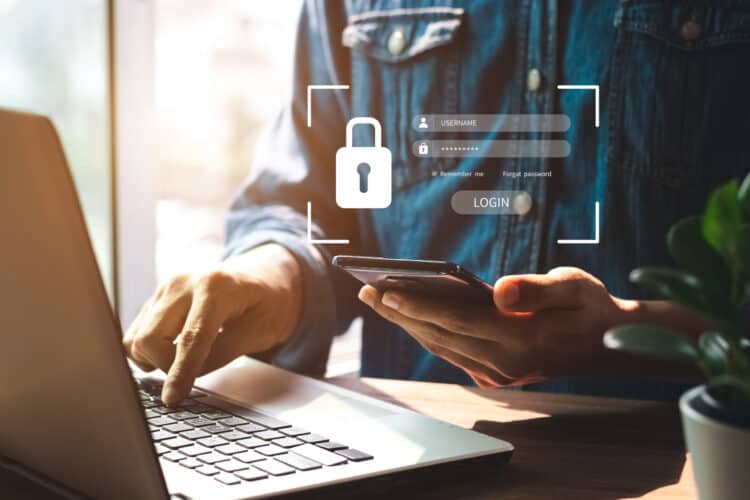The impact of hybrid working on security
With organisations settled into hybrid working and enabling free movement between home and the office, now is time to ensure long-term cyber and information security and enable your business to thrive again. The Covid-19 pandemic triggered a rethinking of investment priorities for organisations around the globe, forcing IT decision-makers to make critical decisions about whether to reallocate funds from longstanding IT security projects. This shift in focus is reflected in a recent study by SCC, which revealed end user device security (+78%), identity and access management (+16%) and cyber security (+9%) have all become higher priorities in the post-pandemic IT budget, which are being updated for hybrid working.
Security concerns in a hybrid working world
It is clear IT decision makers expect the business effects of Covid-19 be felt for years to come. There has been a significant shift in perception of the biggest IT security threats, with ransomware, resource theft and dependency on cloud services expected to be larger threats in five years’ time, as cyber criminals look to capitalise on the rapid pace at which businesses had to adapt to a fast-evolving landscape. Organisations must cope with the fact that, to implement true hybrid working, staff need to access and communicate data beyond the periphery of the usual security firewalls. The traditional approach is no longer applicable in these circumstances, so it’s imperative that all new vulnerabilities are identified and secured in newly expanded networks. Cybersecurity will increasingly have to reside as much with the individual as the environment.

Reacting to new threats
It’s not just the type of threat that is coming more sophisticated – but also the entry point, with Internet of Things (IoT) devices continuing to proliferate at home and in the workplace and hybrid working merging the two. Smart printers, cameras, and monitors provide greater vulnerabilities – and secure VPN is a key consideration. According to a report by security firm Zscaler’s ThreatLabz, researchers looked at data from half a billion IoT transactions over the course of two weeks, when most offices were still abandoned due to the pandemic. The researchers found attackers targeting a number of common IoT devices, including connected office equipment such as printers and IP cameras, to help create and add to malicious botnets. The report also noted that smart TVs and automobiles were also targeted.
Click here find out how you can support your hybrid workforce with our “Hybrid Security – How To Guide”
Supporting BYOD in the hybrid workplace
Bring your own device (BYOD) is a legacy term which has been in and out of fashion for several years. Accessing corporate data on personal devices started as taboo, became acceptable, and then even preferred before the Covid-19 pandemic flipped the conversation on its head as hybrid working simply became business as usual. ‘Shadow IT’ – IT managed outside of, and without the knowledge of, the IT department – is on the rise as a result of hybrid working, and users are accessing company data via their own devices, in effect creating a parallel data store which goes against all company policies. In order to mitigate the associated threat, organisations must modernise security measures and policies, address employee privacy concerns, and close the gap between traditional IT management and the available modern tools and how they’re used.
Get the most from your investment
In conclusion, the opportunity presented by the Covid-19 pandemic is huge. More flexible working and modern approaches to IT management have long been part of the conversation at forward-thinking board tables. The pandemic merely accelerated existing conversations whilst dragging legacy companies kicking and screaming into the 21st century. It’s critical that organisations now keep focus and turn reactive investments made in the past 18 months into proactive strategies to improve and enhance security to cope with the new working model.